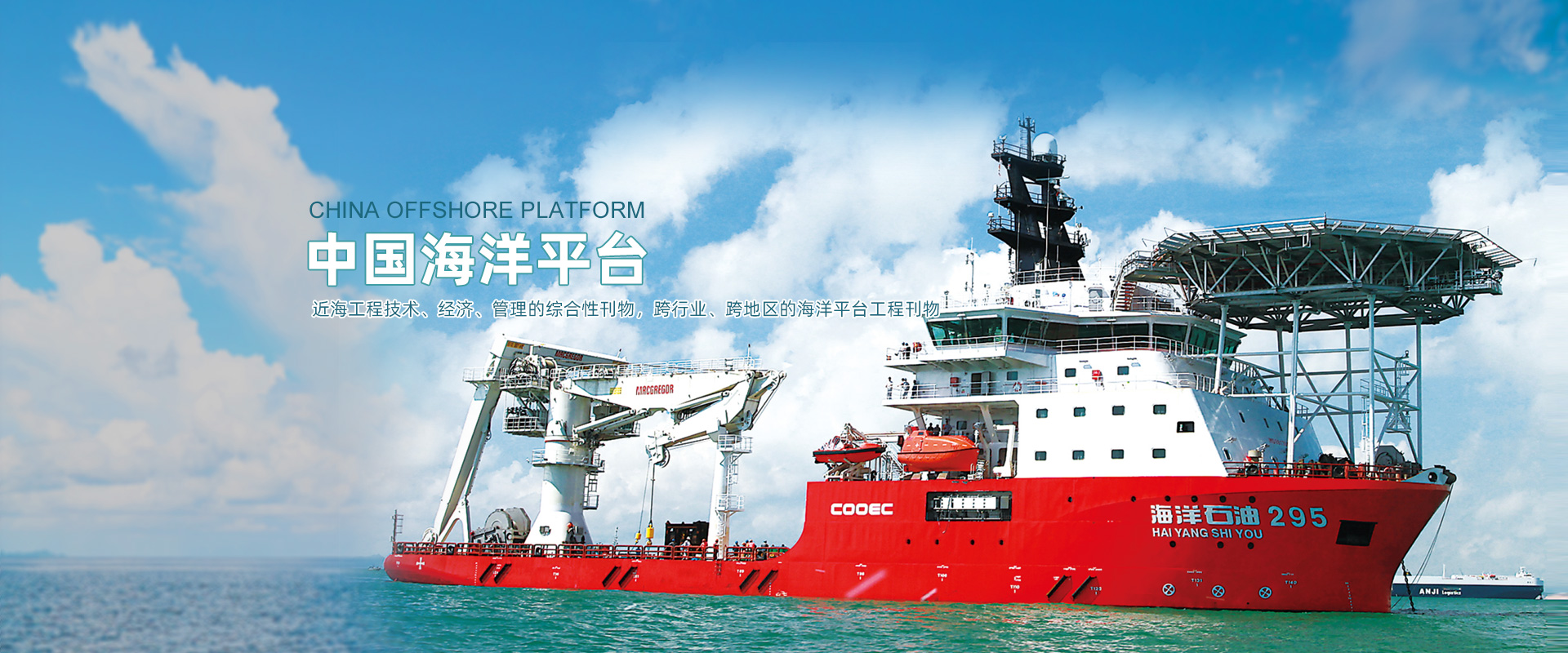Abstract:Post-trenching technology can effectively solve various hidden danger management problems during the operation of in-service submarine pipelines. Study the analysis methods for trench excavation after subsea pipelines, including the verification standards followed, trend analysis of calculation results, and summary of relevant laws. Emphasis was placed on comparing the differences between commonly used analytical methods and finite element methods in terms of solution principles, result analysis, and verification basis. The results indicate that the analytical method is essentially an empirical formula formed through multiple verifications, which is relatively conservative, while the finite element method is a simulation conducted using finite element software, which is more in line with actual working conditions; And combine with engineering examples for calculation verification. The research content and conclusions provide important references for the analysis and on-site operation of trench excavation after in-service submarine pipelines, and are expected to be promoted in similar engineering projects in the future.
